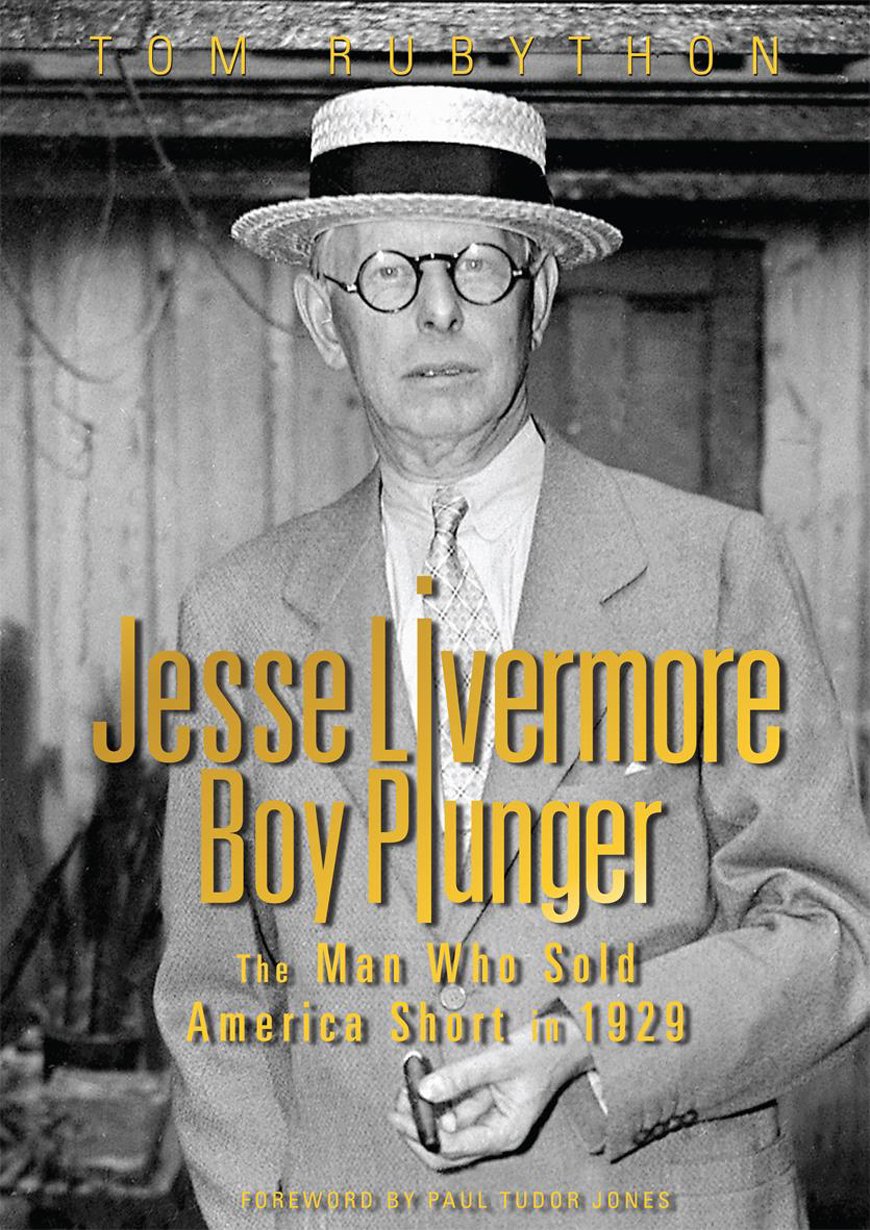Here is a list of the ten most powerful quotes from Jesse Livermore’s book “How to Trade in Stocks.” Livermore was one of the greatest stock market operators of our time and his quotes stand the test of time. No one made more money in the markets or came back from more bankruptcies than Jesse Livermore. He successfully shorted the Great Depression crash for one of the biggest trading wins in history. While his weakness was not managing his risk of ruin his strength was he could become a millionaire trading during a trending market over and over starting with a small stake. While in the end he decided to take his own life he lived his life as the world’s greatest trader for half a century.
“Do not anticipate and move without market confirmation—being a little late in your trade is your insurance that you are right or wrong.” -Jesse Livermore
“The good speculators always wait and have patience, waiting for the market to confirm their judgment.” -Jesse Livermore
“{Limit} interest in too many stocks at one time. It is much easier to watch a few than many.” -Jesse Livermore
“Experience has proved to me that the real money made in speculating has been: “IN COMMITMENTS IN A STOCK OR COMMODITY SHOWING A PROFIT RIGHT FROM THE START. ” -Jesse Livermore
“As long as a stock is acting right, and the market is right, do not be in a hurry to take a profit. You know you are right, because if you were not, you would have no profit at all. Let it ride and ride along with it. It may grow into a very large profit, and as long as the “action of the market does not give you any cause to worry,” have the courage of your convictions and stay with it.” -Jesse Livermore
“It is foolhardy to make a second trade, if your first trade shows you a loss. ” “Never average losses. ” Let that thought be written indelibly upon your mind.” -Jesse Livermore
“One should never sell a stock, because it seems high-priced.” -Jesse Livermore
“Profits always take care of themselves but losses never do. ” The speculator has to insure himself against considerable losses by taking the first small loss. In so doing, he keeps his account in order so that at some future time, when he has a constructive idea, he will be in a position to go into another deal, taking on the same amount of stock as he had when he was wrong.” -Jesse Livermore
“It is significant that a large part of a market movement occurs in the last forty-eight hours of a play, and that is the most important time to be in it.” -Jesse Livermore
“A speculator should make it a rule each time he closes out a successful deal to take one-half of his profits and lock this sum up in a safe deposit box. The only money that is ever taken out of Wall Street by speculators is the money they draw out of their accounts after closing a successful deal.” -Jesse Livermore
Link to Jesse Livermore’s Book “How to Trade in Stocks”


 This is a story of triumph and tragedy. Jesse Livermore is notable as one of the few people who ever made it into the richest tiers of society by speculating — by trading stocks and commodities — betting on price movements.
This is a story of triumph and tragedy. Jesse Livermore is notable as one of the few people who ever made it into the richest tiers of society by speculating — by trading stocks and commodities — betting on price movements.